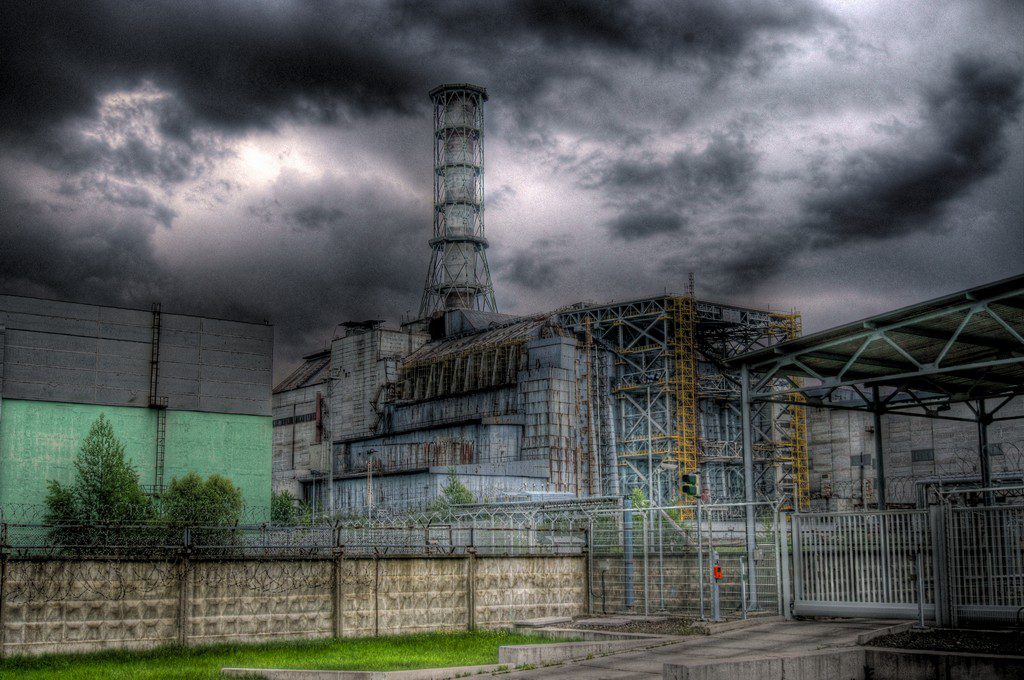The HBO miniseries, “Chernobyl”, told the world in graphic detail what really happened in the worst nuclear catastrophe the human kind has ever faced; Estonian World brings you the first-hand account of an Estonian Chernobyl veteran who was forced by the Soviet authorities into the disaster zone to help with the clean-up efforts.*
“Chernobyl”, the critically-acclaimed miniseries, produced by the American Home Box Office and the British Sky networks, has been seen all over the world and for the first time, a dramatisation of the Chernobyl nuclear catastrophe has brought to hundreds of thousands of people the truth about what happened on 26 April 1986 in Ukraine. The show emphasises on the lying character of the Soviet Union, and asks the important question – what is the cost of lies?
On 26 April 1986, the fourth reactor of the Chernobyl nuclear power plant, located near the city of Pripyat in northern Ukraine, exploded during a safety test. Even though the radiation quickly spread all over the region, reaching Western Europe and Scandinavia, the Soviet authorities didn’t disclose what had happened and kept lying to its own citizens and the world about the extent of the radiation, and also the fact that other Chernobyl-type nuclear power plants had the same potential danger of exploding.
Army reservists deployed without telling them where they were going
Estonians were lucky to live close to Finland and many found out about what had happened from Finnish radio and TV news. Once the information from western sources had spread across the Soviet Union, especially the affected areas, the Soviet authorities were forced to finally admit what had happened.
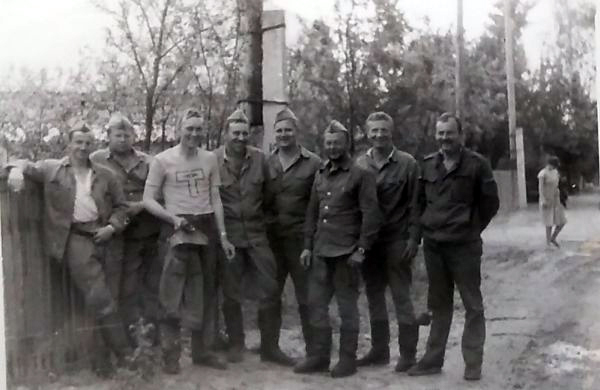
But the story didn’t end there. The clean-up efforts in Pripyat and elsewhere in Ukraine and Belarus demanded the work of 800,000 people, and these people had to come from somewhere. So the Soviet authorities used army reservists, among others, to help in the clean-up process – and these reservists were sent to Ukraine without, at least initially, telling them where they were being deployed.
Estonian Väino Liimann was one of these reservists. A senior lieutenant in the Soviet Army, 37 years old, he was sent to the disaster area in 1988, two years after the catastrophe had occurred.
“I worked at Tallinn University of Technology at the time. I was invited to the war commissariat (what the recruitment office of the Soviet Army was called at the time – editor) some eight to ten times – every time I was ordered to reappear in seven to ten days,” Liimann recalls.
“The last order to appear was for a Sunday. On Sunday, they put us on a bus and took us to Riga (the capital of Latvia – editor) where we were given uniforms and only there did we find out that we were going to Ukraine, to clean up the consequences of the disaster.”
Replacing roofs, cutting ground surface and replacing fences
The Estonian reservists were stationed in the village of Aliaksandraŭka, Belarus, near the Ukrainian border. “The village where we worked, Poliske, was at the edge of the closed zone, with the perimeter of 80 kilometres (50 miles – editor) from the nuclear plant,” Liimann says. “Our job was to clean the Poliske village because it was inhabited. For example, on the first day, our job was to clean up a children’s playground. We also replaced roofs of buildings and cut the ground surface where the radiation was higher than normal. We also replaced fences.”
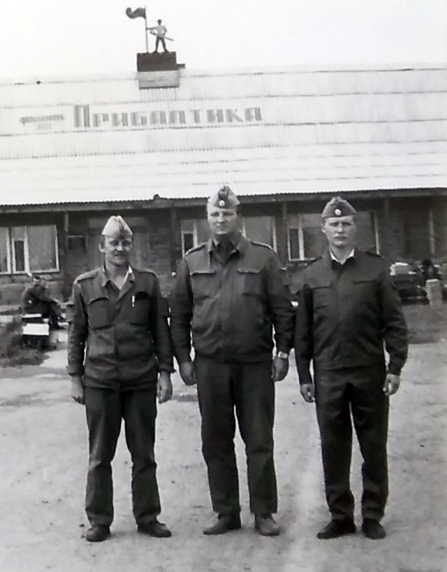
“But despite replacing all items with higher radiation than normal, the people were still evacuated two years later, because the reactor was still constantly leaking, and the radiation level of the village rose to the pre-clean-up level. So our efforts were only a temporary remedy.”
Since Liimann was an officer, he went to measure the radiation at the playground after washing it. With the DP5 dosimeter that the Soviet Army used, he measured tree leaves on the ground around the playground and sand, which had the radiation level of 30 milliroentgens and more, but the playground after the wash was 12-15 milliroentgens.
“In Aliaksandraŭka where we stayed, the radiation level was 16-18 milliroentgens an hour. That means that the average background radiation level in an hour was 22 times as high as a dental X-ray, and we lived in that level for six months in a row,” he notes.
Liimann recalls that as an every-day effect of the high radiation, he was constantly tired and all free time he had, he just slept. “Also, everybody coughed. It wasn’t that prevalent in open air, but when we went to the movies or the sauna, it was pretty awful to hear. And it was peculiar to taste copper all the time. These are the things you sense and feel in a highly radiated area; radiation doesn’t have a smell or a colour.”
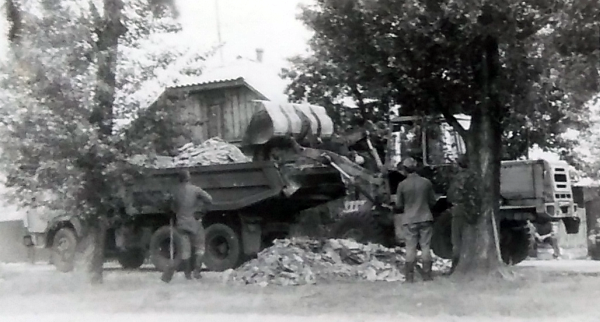
Working for pennies
“The nature was lusher because radiation helps plants grow,” he also remembers. “But you need to avoid eating berries, apples or mushrooms. I measured the radiation level of mushrooms; it was three times higher than normal.”
Liimann was also occasionally taken to the closed zone. “A couple of times we went to the city of Chernobyl and in some other towns as well, because the roofs, the surface and the fences we had removed were taken to nuclear repositories and burial grounds and officers had the duty to sometimes accompany the driver,” he remembers.
The soldiers taking part in the clean-up efforts weren’t even paid a salary. “We got the regular army wages – a private got 3.80 roubles a month, officers some 20 roubles or so,” Liimann says.
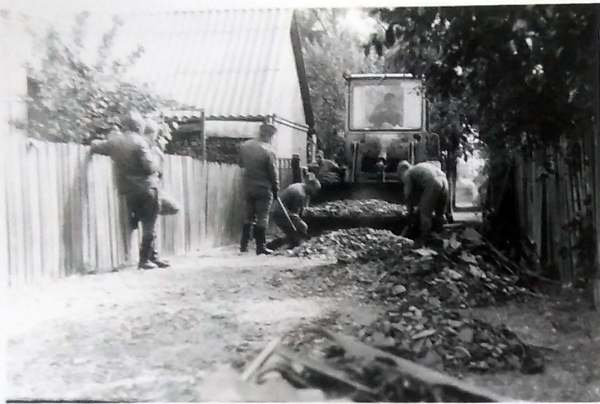
For comparison, the average salary in the Soviet Union in 1985 (and they didn’t change that much) was around 190 roubles; the minimum pension 50 roubles. The rouble’s parity to the US dollar from 1961-1991 was USD1=SUR0.9, even though it doesn’t really mean anything because the cost of living was completely different in the US and the Soviet Union. But a monthly public transportation ticket cost three roubles in Tallinn in the 1980s, so that puts the private’s SUR3.80 monthly wage into perspective.
Looking for the birds
The soldiers with whom Liimann served were from Estonia, Latvia, Lithuania and Kaliningrad oblast, a Russian region located between the Baltic Sea, Lithuania and Poland. All the men were 25-40 years old. “There were three officers from Estonia, and under my command about 60 reservists from Baltic countries, among them about 10 from Estonia,” he recalls, adding that the military trade of the reservists was either a chemist or a driver-chemist.
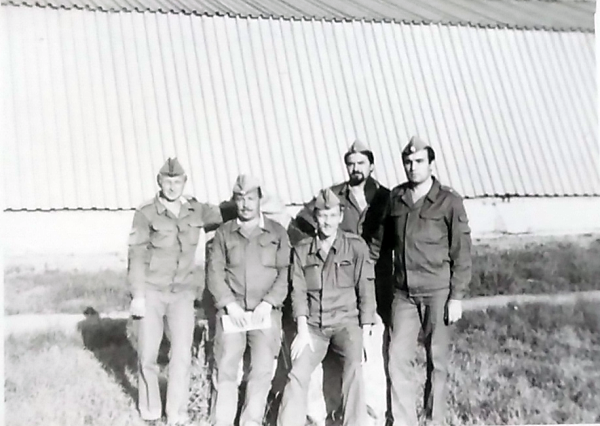
“How many of these men are still alive? I have no idea. I would guess about 10 per cent.”
How did spending six months in a radiation zone affect the men’s health? “They told us that it could affect chronic diseases, but I didn’t have any back then. Now I have rheumatoid arthritis. Psychologically? Can’t say any. When we went there, I was a little afraid and looked around whether there are birds in the sky – but there were and that calmed me down a little. We were ordered to wear respirators, but we only wore these when we were dismantling something so that we wouldn’t inhale the radiated dust. The summer was hot and to wear the respirator all the time was difficult.”
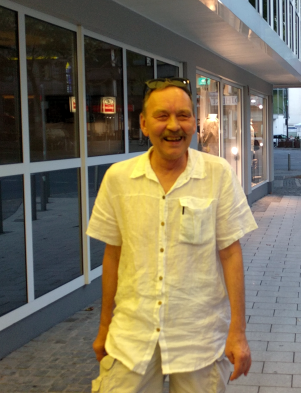
By the time Liimann was sent to the disaster zone, he was already fairly knowledgeable about what had happened. “We first heard about it from the Finnish radio and on 9 May 1986, after rainfall, I took a dosimeter and measured the radiation level at the parking lot of the Tallinn University of Technology. The highest level of radiation was probably nine micro-roentgens an hour (Estonia’s natural is six). So, when I went to affected area two years later, I had already read the Soviet official report about the catastrophe and I was informed about what had happened. But I had no idea how the radiation had spread there.”
Up to 200,000 people lost their lives
The total number of the casualties of the Chernobyl nuclear disaster still remains a disputed issue. The United Nations has estimated around 4,000 people died; however, Greenpeace has claimed up to 200,000 people lost their lives. During the accident, steam-blast effects caused two deaths within the facility: one immediately after the explosion, and the other compounded by a lethal dose of ionizing radiation.
Over the coming days and weeks, 134 servicemen were hospitalised with acute radiation syndrome, of whom 28 firemen and employees died within months. Additionally, approximately 14 radiation-induced cancer deaths among this group of 134 hospitalised survivors were to follow within the next 10 years.
Among the wider population, an excess of 15 childhood thyroid cancer deaths were documented as of 2011. Additional research is required to definitively determine the elevated relative risk of cancer among the surviving employees, those that were initially hospitalised with ARS, and the population at large.
The official Soviet death toll of the disaster was 31. This number has stood unchanged ever since 1987.

